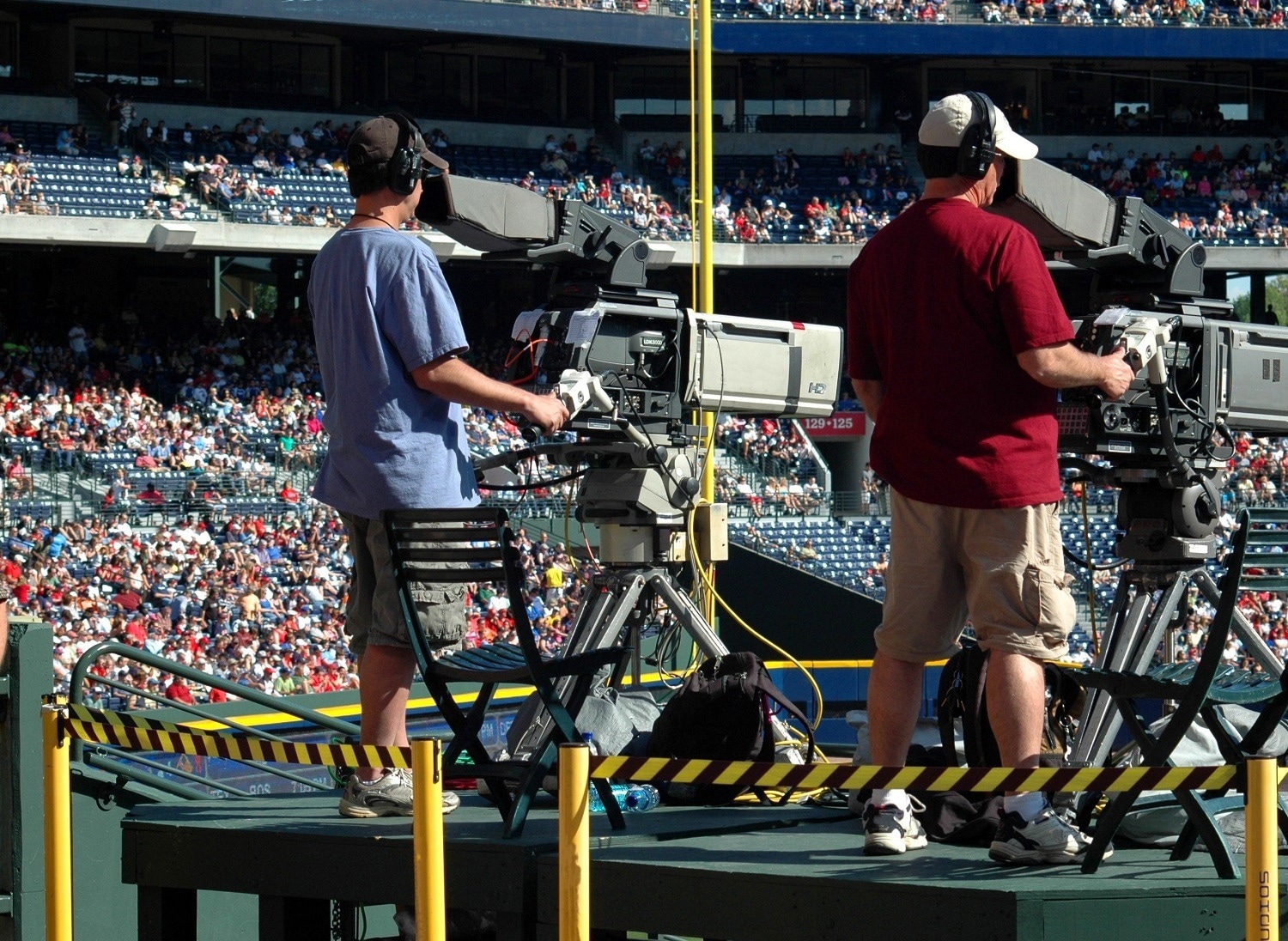The way we watch live sporting events has been transformed by the continuous development of robotics. From Augmented Reality (AR) to technology becoming smaller and easier to transport, we’ve seen leaps and bounds in outside broadcasting (OB) over the last decade. However, with the increasing demand for innovative OB that involves the viewers in the action, more pressure is placed on the abilities of robotics.

Image Credit: CP Cases
Equipment needs to be safely stored, transported and ready to operate on demand - without falling victim to unpredictable environmental hazards.
Brian Allen, head of product design and development at CP Cases, shares the benefits and drawbacks of using robotics for broadcasting sporting events, explaining the latest innovations in the OB field.
Benefits of robotics for broadcasting outdoor sporting events
Fans want to access live sporting events from whenever and wherever they are. Robotics makes this possible by innovating the ways in which we capture events, requiring less human intervention. One key example is the use of robotic camera head jibs designed to facilitate the capture of live action in a smooth and accurate way, and with it comes several benefits for live sports.
A recent use case is for a global winter event where CP Cases developed padded weather covers for robotic camera systems as mentioned above. With cameras and covers present throughout the event, the importance of both robotics and appropriate weather protection is clear. It saves both time and money, as people are not required to stand around in extreme weather. Keeping robotics cool is also key, with protective covers and cooling cases required when travelling.
Compact
Robotics are compact and easy to transport which makes them ideal for OB. The design of these robotic cameras makes them perfect for live sports broadcasting as they are compact enough to prevent obscuring advertising and spectator or photographer sightlines. Not only is this preferred by event hosts and sports but also by the operational team behind robotics. As a result, the dual remote heads allow for accurate and smooth positioning behind the goal, filming from confined locations seamlessly. This wouldn’t be possible without robotics as humans would have to operate the camera on-site and would be unable to fit into such locations. Now, those difficult-to-reach areas such as behind goals and on crowded sidelines can be captured effortlessly with dual remote heads. This brings viewers closer to the action than ever before, without placing cameramen in difficult or unsafe locations.
Remote Operation
OB technology has the flexibility to be operated remotely or on-site. In a sporting environment, this could look like either pitchside or in the stadium. This versatility makes it much easier to work with the OB environment, with each sporting event posing different logistics.
Weather
One key advantage of robotics in broadcasting is the weather. By not requiring people to physically be present sitting in the rain and cold, health and safety concerns are drastically reduced. Robotics can be easily protected using cases for outside broadcast equipment to shield them from the elements.
Drawbacks of robotics for broadcasting outdoor sporting events
Robotics aren’t at the point where they can fully replace humans. Instead of removing humans entirely from OB, their roles are simply changing. For example, instead of manually running a camera, teams are manning joysticks on virtual cameras. Robotics can’t predict the unknown and with live sports broadcasting having so many nuances, humans still need to be present. However, OB has become much more seamless thanks to the evolutions in robotic technology.
The weather and environment will always pose a challenge for robotics - if the technology is compromised by intense sun, wind, wet weather or even freezing temperatures, it could impact the broadcast. This is why robust and weatherproof casing or camera rain covers are non-negotiable for OB equipment.
Viewers want to be closer to their favourite teams more than ever, which is why live sports broadcasting needs to keep up with the demand. The constantly innovating robotics sector is vital in keeping OB up-to-date, transforming the viewing experience in recent years. Whilst it's unlikely that producers and directors will be completely replaced by robotics, their jobs should become easier, with much more flexibility on location.
Robotic technology is offering a better experience for operational teams and viewers, and with the systems only improving, it’s exciting to see what the future of sports outside broadcasting (OB) holds.